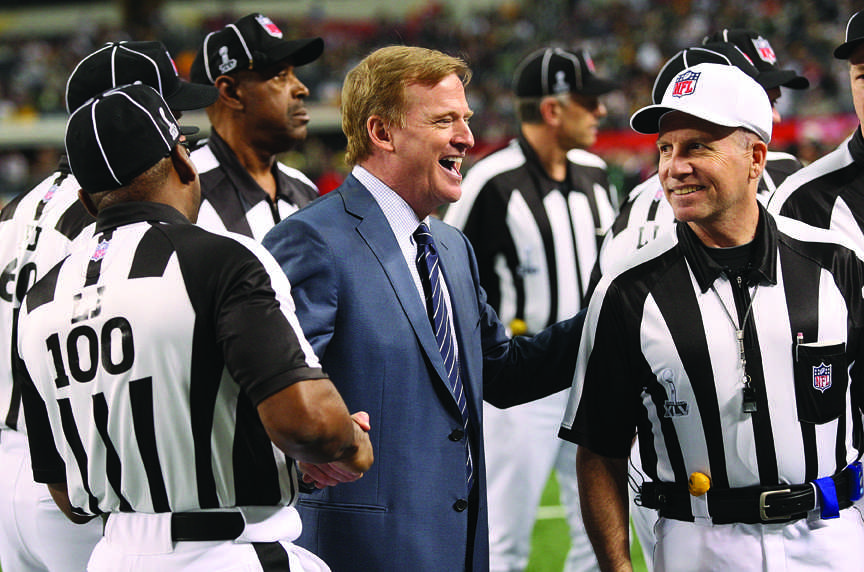
On July 25, after many months of legal battles, sacrificed Organized Team Activities and the loss of the Hall of Fame game, the NFL Players’ Association (NFLPA) and the league itself agreed to terms on a new Collective Bargaining Agreement (CBA).
The lockout officially began on March 12 when the owners voted in favor of a work stoppage in response to the players’ decertification of the NFLPA. The move to decertify the union was made to allow players to file individual antitrust lawsuits against the league. However, the path towards the work stoppage began long before these technicalities.
In fact, the 2006 CBA was set to expire at the end of the 2012 league year. However, this date was moved up to March 3 when the owners voted unanimously in 2008 to opt out of the bargaining agreement. Later that same year, longtime NFLPA Executive Director Gene Upshaw died of pancreatic cancer, and the union elected Washington-based lawyer DeMaurice Smith as his replacement.
Mediation to create a new CBA began on Feb. 18 and after many failed talks, an agreement was reached to extend the expiration deadline until March 11. In spite of this, the NFLPA rejected the league’s final offer and subsequently decertified. It wasn’t until June before any real talks resumed.
Both sides agreed on a new, 10-year CBA that included many new provisions. Included in these is the NFL’s new human growth hormone (HGH) testing policy, which makes the NFL the first professional U.S. sports league to do both random and annual blood-testing for HGH. Additionally, two-a-day practices were eliminated (to the chagrin of many NFL coaches), forcing teams to use their second scheduled practices for walkthroughs and film study, a change sought for the sake of player safety. Other safety provisions include changing the kick-off location from the 30 to the 35-yard line. This gives coverage teams less distance to cover and increases the likelihood of touchbacks.
As for economic issues solved by the new CBA, the owners will no longer take a fixed dollar amount of the top of revenues. Additionally, the floor for the players’ share of the revenue split has been set at 47 percent, with the upper-band residing at 48.5 percent. The rookie wage scale has been fixed to prevent large contracts for huge disappointments, such as JaMarcus Russell. All first-round rookies receive 4-year contracts with an option for a fifth year, as well as being paid based on an average of current-player salaries at their position.
With the lockout finally over, fan excitement has soared in recent weeks. The preseason kicked off on Aug. 11 with the regular season set to follow less than a month later.
Located in the heart of the city, Fordham students have plenty to be revved-up about, with both New York teams poised for a playoff run. The Jets, a team that has seen great success in recent years, are ready for another shot at the AFC title behind Coach Rex Ryan, while the Giants are looking to dust themselves off from a disappointing 2010 campaign, and return to the Super Bowl behind Eli Manning.
It even seems like the excitement for the 2011 season has quickly erased many fans’ frustrations with the league. When asked for her reaction to the lockout, Emma Gil, Fordham College at Lincoln Center (FCLC) ’14, said, “It shouldn’t have even started,” but she quickly added that she’s “glad it ended when it did,” and will be looking forward to watching the Jets and Packers make a run at the championship. Michael Connolly, FCLC ’14 went so far as to say, “[The lockout] ended just about when I expected.” He too will be rooting strong for the Jets, but sees the perennial-contender Patriots as a team to watch as well.
The NFL season officially begins Thursday, Sept. 8, with the New Orleans Saints taking on the defending-champion Green Bay Packers.
The post Are You Ready For Some Football? appeared first on The Observer.